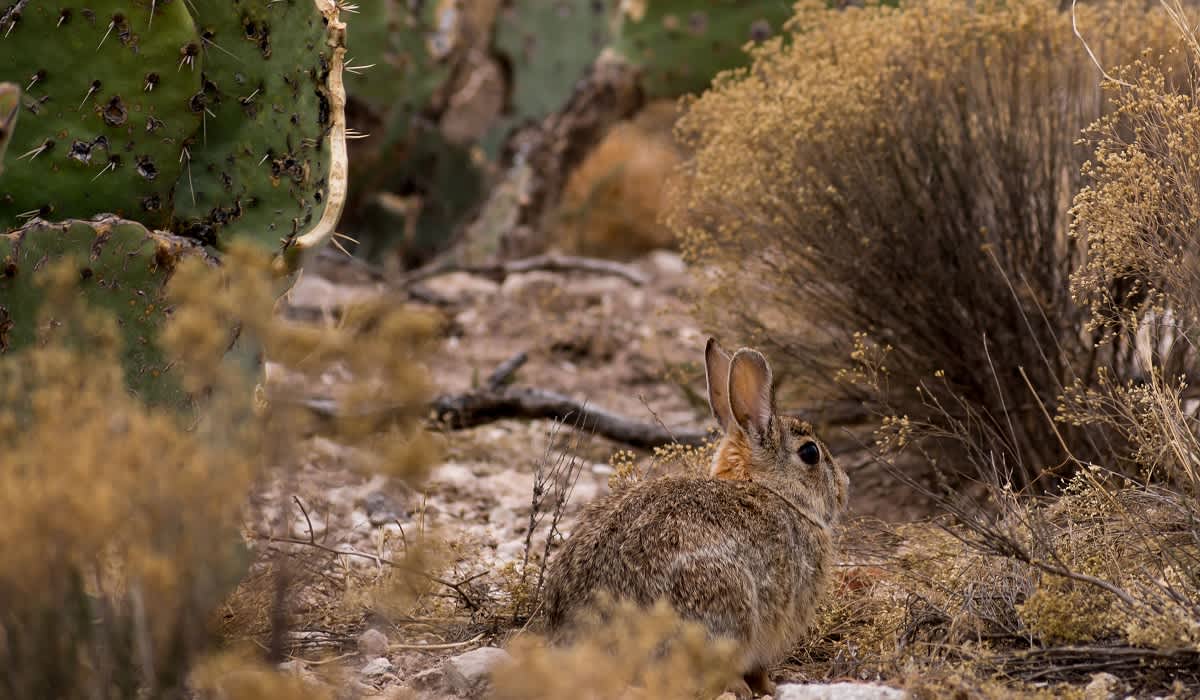The Rabbit Hemorrhagic Disease is Sweeping Across U.S. and Could Decimate the Rabbit Population
OutdoorHub Editor: Keenan Crow 05.20.20

Rabbits in the United States are facing a deadly virus of their own right now. The Rabbit Hemorrhagic Disease virus type 2 is spreading across the southwestern United States and killing wild rabbits on this continent for the first time, wildlife officials say.
According to KGUN 9 News, Arizona Game and Fish recently announced cases of RHDV2 found in Arizona. The virus is associated with a high mortality rate and is very contagious.
“It’s going to affect the entire food chain. Everything that feeds on rabbits is going to be affected to some degree,” said Ralph Zimmerman, the state veterinarian for New Mexico where the disease first emerged in March.
The highly contagious disease spreads only between rabbits and officials say there is no risk the virus will make a jump to humans, livestock or other kinds of pets. Wildlife officials are emphasizing that it is not related to coronavirus though there are some parallels.
This virus is a new strain of a disease that first emerged in China in 1984, according to a study in the peer-reviewed Journal of Virology. The new type of virus, RHDV2, was first detected in France in 2010 and has since killed wild rabbits across Europe. It spread through Australia in 18 months.
Also, the virus can live in stable conditions for up to 15 weeks in dryer conditions and can survive freezing.
In the U.S., the disease first killed wild rabbits in New Mexico before spreading to Arizona, Colorado, Nevada, California and now Texas according to data from the World Organisation for Animal Health.
Zimmerman said there is no cure or license for a vaccine in this country, but New Mexico was able to get an emergency shipment from France. The state will administer the limited vaccine to survivors in the domestic population, but Zimmerman explained “there’s really not much we can do as far as vaccinating the wild rabbits.”
Zimmerman also added his concern that this disease could become endemic and never totally go away. He urged pet owners to be wary about where they’re going and take “basic biosecurity” measures such as removing shoes before coming into the house to prevent introducing the virus to domestic rabbits.

